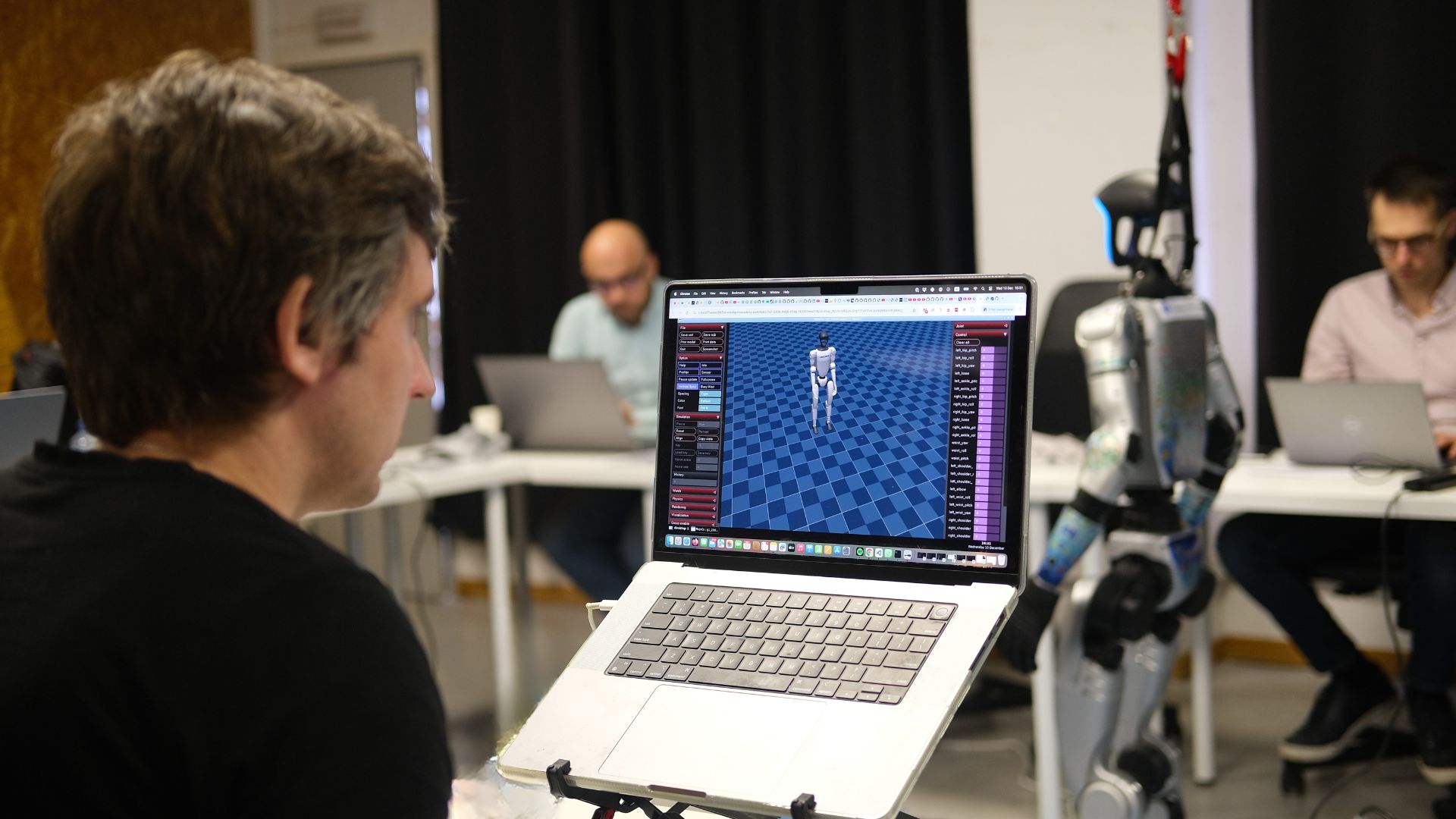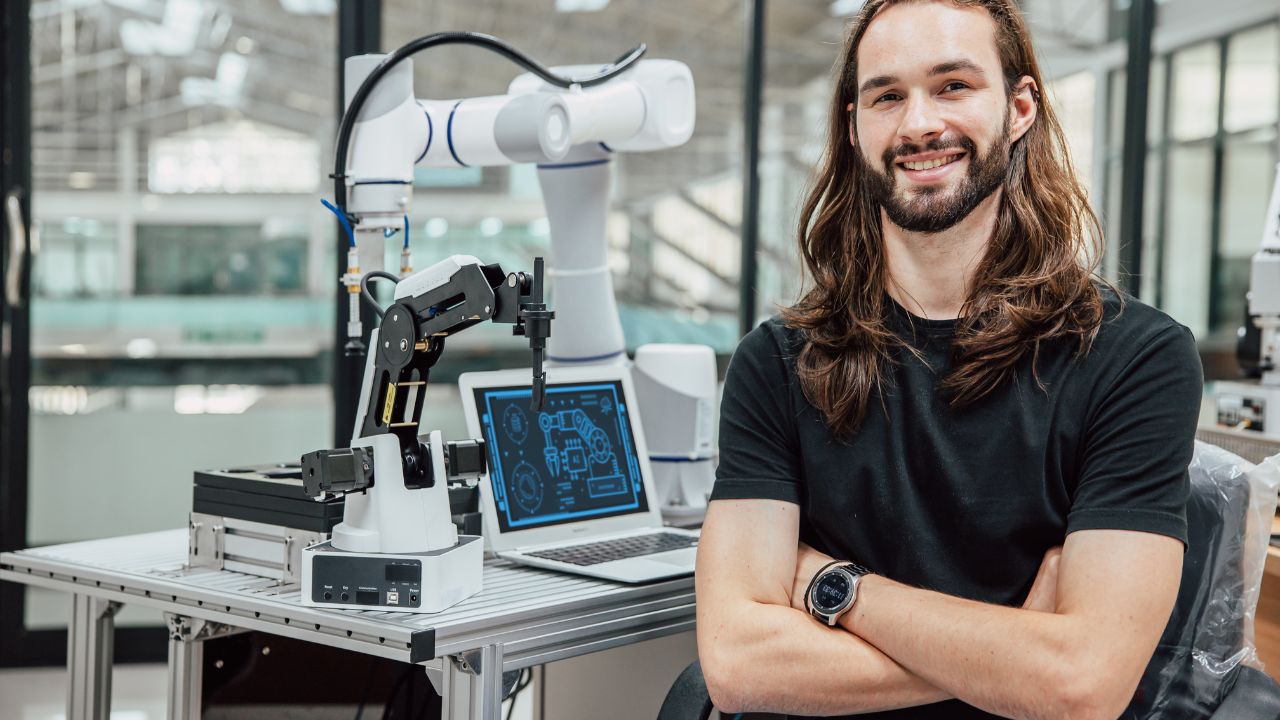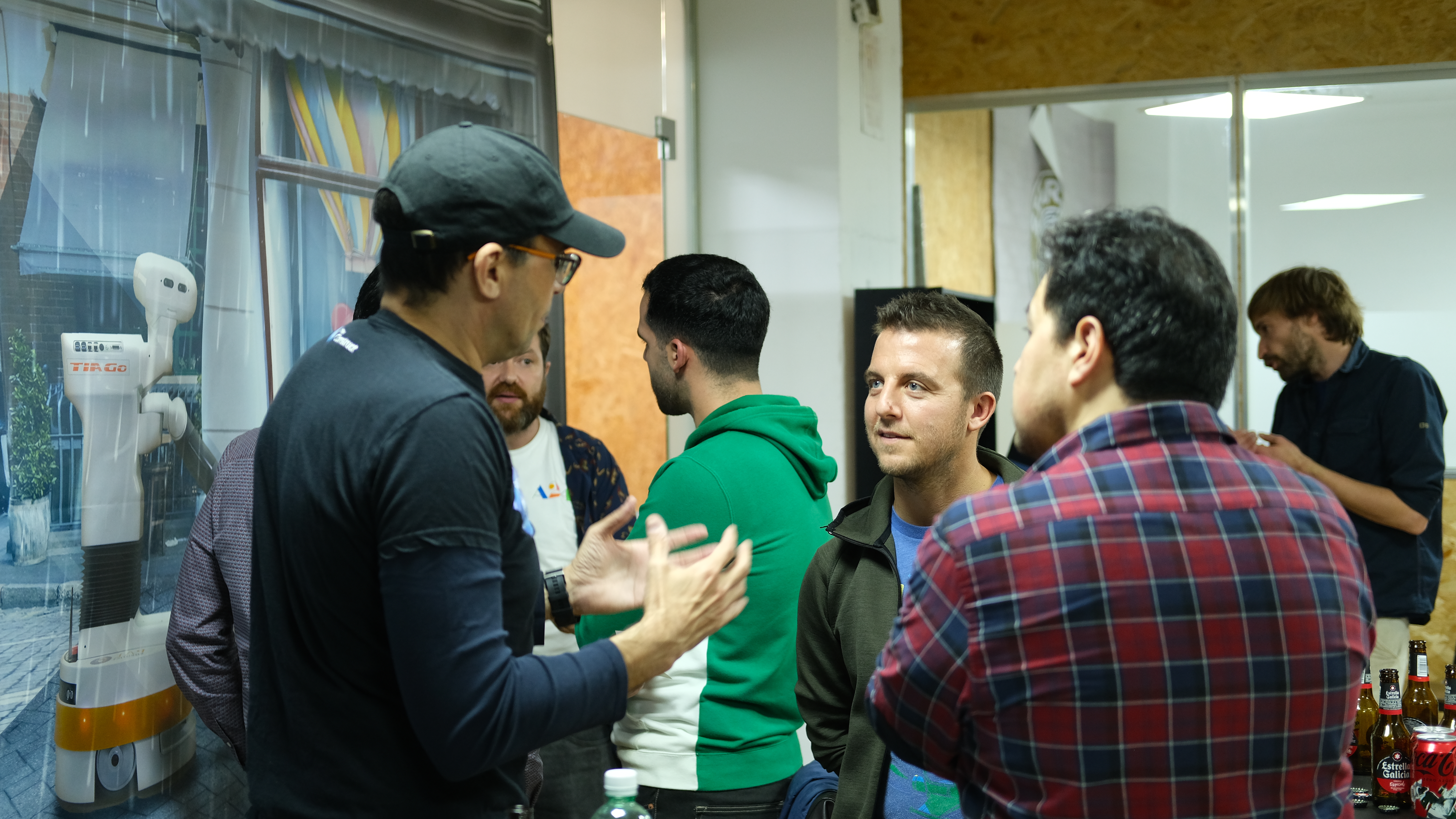Learn how to extract multiple variables from a ROS message, through a very simple example. This video answers the following question found on the ROS Answers forum: https://answers.ros.org/question/322896/how-do-you-extract-multiple-variables-from-a-message/. Let’s go!
Related Resources
- ROS Development Studio (ROSDS)
- Robot Ignite Academy
- ROS Basics Course (Python)
- ROS Basics Course (C++)
Step 1: Get your development environment ready
Either of the following will do:
- Use the ROS Development Studio (ROSDS), an online platform for developing for ROS within a PC browser. Easy-peasy. I’m using this option for this post.
- Once you log in, click on the New ROSject button to create a project that will host your code. Then Click on Open ROSject to launch the development/simulation environment.
- To open a “terminal” on ROSDS, pick the
Shellapp from the Tools menu. - You can find the
IDEapp on the Tools menu.
- You have ROS installed on a local PC. Okay, skip to Step 2.
Next step!
Step 2: Launch a simulation
We are going to use a topic from a simulation of a robot. You may use any robot that has Odometry (/odom topic). For this post, we are using Turtlebot 2.
On ROSDS, start a Turtlebot 2 simulation from the simulations menu:
- Simulations -> Use a provided simulation -> (Empty world) + Select a robot -> Turtlebot 2 > Start simulation.
Step 3: Find out the kind and structure of the message the Odometry topic uses
Open a terminal and run the following:
user:~$ rostopic info /odom
Type: nav_msgs/Odometry
Publishers:
* /gazebo (http://rosdscomputer:37377/)
Subscribers: None
user:~$ rosmsg show nav_msgs/Odometry
std_msgs/Header header
uint32 seq
time stamp
string frame_id
string child_frame_id
geometry_msgs/PoseWithCovariance pose
geometry_msgs/Pose pose
geometry_msgs/Point position
float64 x
float64 y
float64 z
geometry_msgs/Quaternion orientation
float64 x
float64 y
float64 z
float64 w
float64[36] covariance
geometry_msgs/TwistWithCovariance twist
geometry_msgs/Twist twist
geometry_msgs/Vector3 linear
float64 x
float64 y
float64 z
geometry_msgs/Vector3 angular
float64 x
float64 y
float64 z
float64[36] covariance
- First command (
rostopic info): we found out the kind of message –nav_msgs/Odometry. - Second command (
rosmsg show): we found out the structure of the message.
Next, let’s examine the structure of the ROS message nav_msgs/Odometry:
- It’s a fairly complex message as it contains a lot of nested variables.
- The variables are arranged in hierarchical or tree form, with parent variable appearing without indentation. “Parent variables” here include
headerchild_frame_idposetwist.
- Some of the parent variables have children, grandchildren, and so on, which are also variables. These are indicated by the visual indents. For example,
headerhas three children.posehas two children.pose, which also has childrenpositionandorientation, which both have children too.covariance, which has no children.
- Every variable has a
type, indicated just before the variable name. Type for …headerisstd_msgs/Header.pose->pose->position->xisfloat64.child_frame_idisstring.
Next, let create a Python package and see how to access these variables in code.
Step 4: Create a package and extract these multiple variables from the message std_msgs/Odometry
Create a package and create a Python file. Please note that we are making the Python file executable with chmod +x, otherwise it won’t run!
user:~$ cd catkin_ws/src/ user:~/catkin_ws/src$ catkin_create_pkg extract_msg rospy Created file extract_msg/CMakeLists.txt Created file extract_msg/package.xml Created folder extract_msg/src Successfully created files in /home/user/catkin_ws/src/extract_msg. Please adjust the values in package.xml. user:~/catkin_ws/src$ cd extract_msg/src/ user:~/catkin_ws/src/extract_msg/src$ touch extract_msg_node.py user:~/catkin_ws/src/extract_msg/src$ chmod +x extract_msg_node.py user:~/catkin_ws/src/extract_msg/src$
Open the extract_msg_node.py using the IDE and paste in the following code that extracts some of the multiple variables from the ROS message.
#! /usr/bin/env python
import rospy # the ROS api for python. We need it to create a node,
# a subscriber and access other ROS-specific program control
from nav_msgs.msg import Odometry # Python message class for Odometry
rospy.init_node("extra_message_node")
msg = rospy.wait_for_message("/odom", Odometry)
print "Full message: \n"
print msg # that's the whole Odometry message. It should be something like
# what was printed out by `rosmsg show nav_msgs/Odometry`
# print out each of the parent variables
print "\n Parent variables: \n"
print msg.header
print msg.child_frame_id
print msg.pose
print msg.twist
# print some children
print "\nSome children: \n"
print msg.header.frame_id
print msg.pose.pose
print msg.twist.twist
# print out some grandchildren
print "\nSome grandchildren: \n"
print msg.pose.pose.position
print msg.twist.twist.linear
# print out some great grandchildren :)
print "\nSome great grandchildren: \n"
print msg.pose.pose.orientation.w
print msg.twist.twist.angular.z
# print other (great grand) children below this line
print "\nOther ones you have specified: \n"
Run the program:
user:~$ rosrun extract_msg extract_msg_node.py
The program should run once and print out the extracted variables. Try adding your own variables.
And so that was it! I hope you were able to learn a thing or two from this post.
Extra: Video of the post
Here below you have a “sights and sounds” version of this post, just in case you prefer it that way. Enjoy!
Feedback
Did you like this post? Do you have any questions about the explanations? Whatever the case, please leave a comment on the comments section below, so we can interact and learn from each other.
If you want to learn about other ROS or ROS2 topics, please let us know in the comments area and we will do a video or post about it.
Edited by Bayode Aderinola

![[ROS Q&A] 188 – How do you extract multiple variables from a ROS message [ROS Q&A] 188 - How do you extract multiple variables from a ROS message](https://www.theconstruct.ai/wp-content/uploads/2019/05/ROS-QA-188-How-do-you-extract-multiple-variables-from-a-ROS-message.jpg)





0 Comments